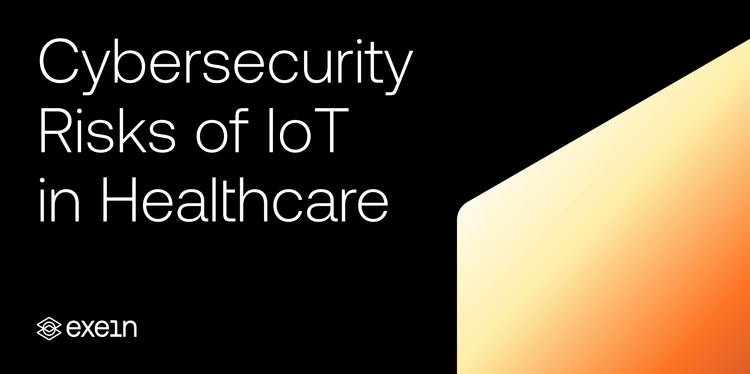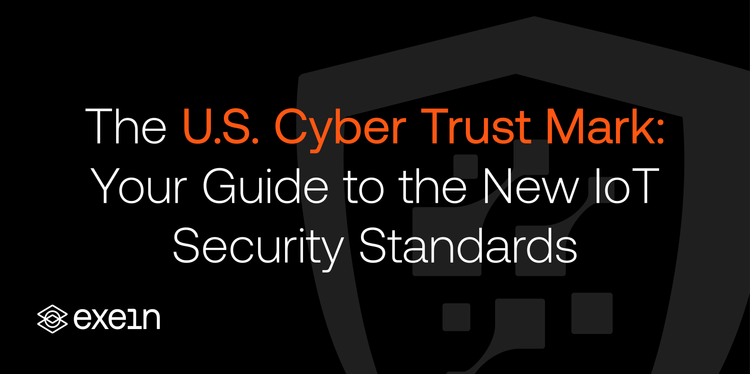Unleashing the Power of IoT and AI Across Different Sectors
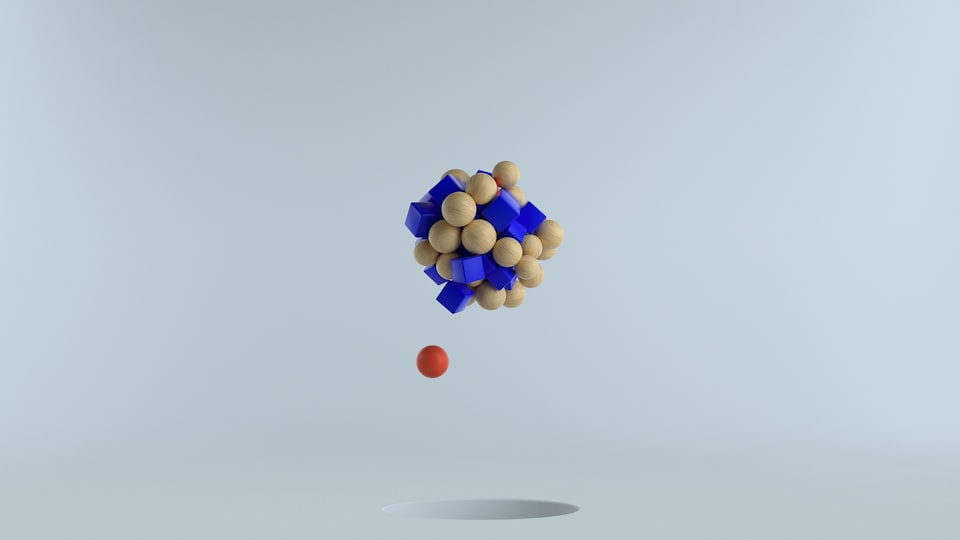
Internet of Things (IoT) and Artificial Intelligence (AI) have sparked a new era in technological innovation, marking the onset of the fourth industrial revolution. This transformation is not just about smart gadgets; it's about redefining possibilities, enhancing operational efficiency, and revolutionizing various industries. This blog post looks into the intricacies of IoT and AI, their symbiotic relationship, the multifaceted benefits they offer, and their real-world applications across different sectors.
Harmonizing IoT and AI: A Match Made in Tech Heaven
The IoT is a network of interconnected devices that can communicate and share data with each other, while AI is the technology that enables machines to learn, interpret, and make decisions based on data. When integrated, IoT and AI create super systems capable of analyzing, understanding, and sharing vast amounts of data in real time. IoT devices, powered by advanced AI algorithms and machine learning, can interpret real-time data, make informed decisions, and even take autonomous actions. This amalgamation facilitates enhanced efficiency, intelligence, and automation across various applications.
For instance, an IoT device could mimic human observation by gathering information about light levels in a room. It could then use AI to conclude that the visibility is poor when the lights are dim or off, and autonomously decide to turn on the lights. While these technologies can process more data in a fraction of the time a human could, it is crucial to remember that AI is only as good as its programming, and cannot fully replace human intelligence.
Unlocking a Multitude of Benefits
The integration of IoT and AI technologies offers a plethora of benefits, including but not limited to:
- Increased Efficiency: Real-time data analysis and autonomous decision-making lead to streamlined operations and increased productivity.
- Improved Sustainability: Smart systems optimize resource utilization, reducing waste and environmental impact.
- Reduced Costs: Automation reduces manual labor and operational costs.
- Enhanced Security: Advanced algorithms can detect anomalies and potential threats, bolstering cybersecurity.
- Greater Scalability: IoT and AI systems can be easily scaled to accommodate growing business needs.
These benefits collectively contribute to enhancing asset management, future-proofing operations, and ultimately increasing the return on investment (ROI) for businesses.
Transforming Industries with IoT and AI
Various industries are already reaping the rewards of implementing IoT and AI technologies. Let’s explore a few real-world applications.
1. Building and Construction
The building and construction industry is undergoing a significant transformation thanks to the integration of AI and IoT technologies. AI-powered robots are playing a crucial role in accelerating construction processes by performing tasks with precision and speed that would otherwise be time-consuming for human workers. These robots can carry out a variety of tasks such as bricklaying, welding, and materials handling, which not only speeds up the construction process but also reduces resource wastage and minimizes the risk of errors. Additionally, the use of AI in construction enables predictive analytics, which helps in better planning and forecasting of construction projects, ultimately reducing costs and ensuring timely completion.
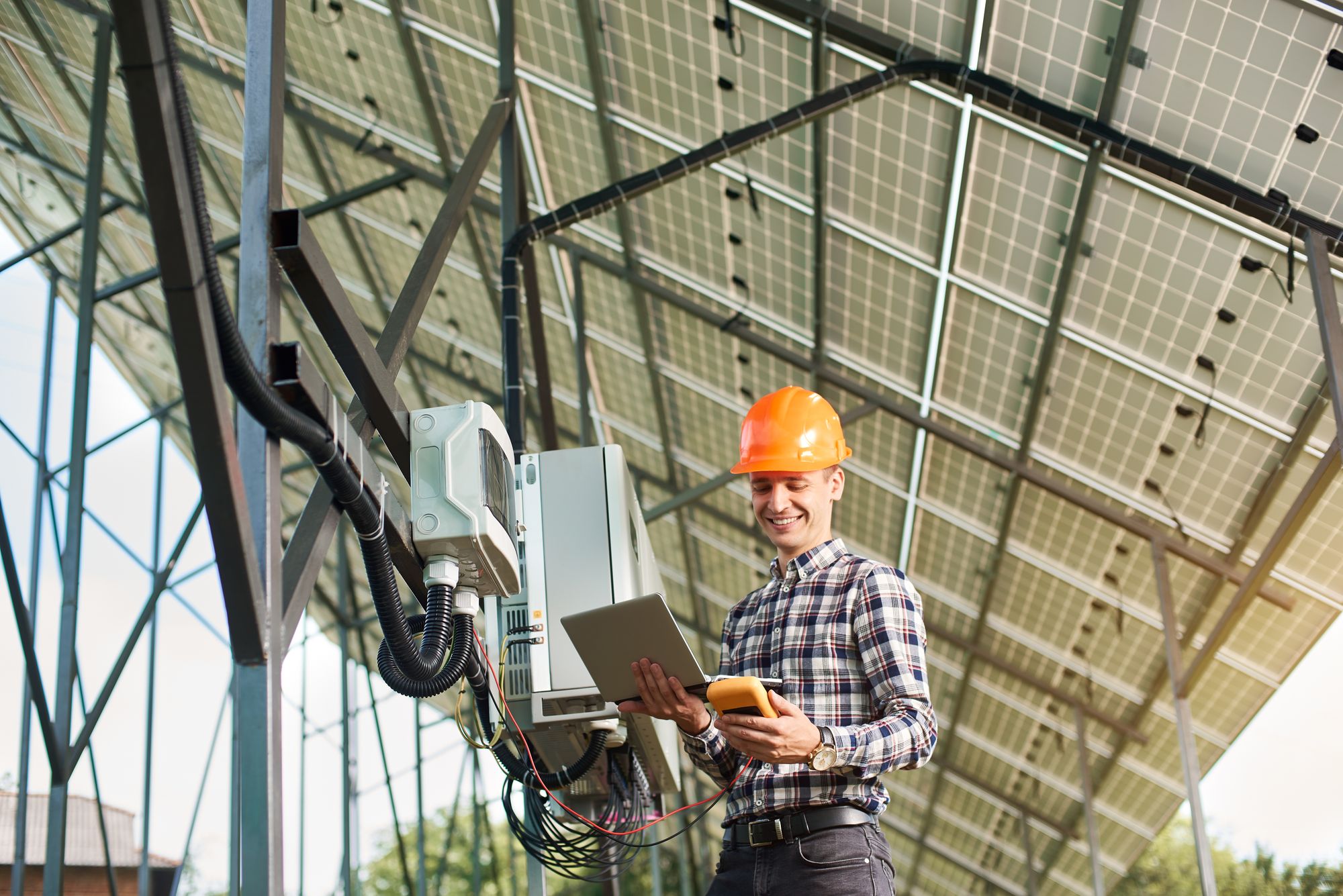
The safety of human workers is of utmost importance in the construction industry, and AI-powered robots contribute to making jobs safer by performing hazardous tasks or operating in dangerous environments, thereby reducing the risk of accidents and injuries.
In addition to this, smart buildings are being constructed with IoT sensors integrated into their infrastructure. These sensors monitor various aspects of the building, such as structural health, air quality, and temperature, providing real-time data that can be used for optimal maintenance and energy consumption. For example, IoT sensors can detect cracks or structural weaknesses in a building, enabling timely repairs and preventing potential disasters. Similarly, sensors monitoring air quality and temperature can help in creating a comfortable and healthy environment for the occupants, while also optimizing energy usage by adjusting heating, ventilation, and air conditioning (HVAC) systems accordingly.
Overall, the integration of AI and IoT in the building and construction industry is not only revolutionizing the way we construct and maintain our buildings but is also contributing to creating safer work environments, reducing costs, and promoting sustainability.
2. Healthcare
The healthcare industry is one of the most critical sectors being transformed by IoT and AI technologies. Wearable devices equipped with various sensors have become increasingly popular and enable remote health monitoring and easy sharing of data between patients and healthcare providers. These devices can monitor a wide range of health metrics, such as heart rate, blood pressure, glucose levels, and physical activity, providing real-time data that can be used to assess a patient's health status and provide timely interventions if necessary. This is especially beneficial for patients with chronic conditions who require continuous monitoring.

In addition to wearable devices, AI-powered systems are being used to analyze patients' medical histories and other relevant data to make predictions about their future health issues and assist in disease prevention. These systems can identify patterns and trends in the data, enabling healthcare providers to predict potential health risks and take proactive measures to prevent or manage diseases. For example, an AI-powered system can analyze a patient's genetic makeup, lifestyle, and environmental factors to predict their risk of developing certain diseases, enabling personalized prevention strategies.
Robotics and IoT applications are facilitating more efficient communication between staff and patients. Robots equipped with AI capabilities can assist healthcare professionals in various tasks, such as dispensing medication, assisting in surgeries, and transporting supplies. This not only reduces the workload of healthcare staff but also minimizes the risk of errors and enhances the overall quality of care provided to patients. IoT applications, on the other hand, can help in streamlining the communication between different healthcare devices and systems, enabling seamless sharing of data and facilitating better coordination among healthcare professionals.
The integration of IoT and AI in healthcare is revolutionizing the way we monitor and manage our health, enabling more personalized and proactive approaches to disease prevention and treatment, and ultimately contributing to better health outcomes for individuals and communities.
3. Retail and e-Commerce
The retail and e-commerce industry has witnessed significant growth in recent years, and the integration of IoT and AI technologies has played a key role in streamlining operations and enhancing the customer experience. Here are a few ways these technologies are revolutionizing the retail industry.
- AI Chatbots: AI-powered chatbots have become an essential tool for customer service in the online retail space. These chatbots can understand natural language, answer customer queries, provide product recommendations, and even assist in the purchasing process. By handling routine inquiries and tasks, chatbots free up human customer service representatives to deal with more complex issues, ultimately improving customer satisfaction and efficiency.

- Advanced Shipment Tracking: IoT and AI technologies enable more advanced shipment tracking by providing real-time updates on the location and status of shipments. Sensors attached to packages can monitor various parameters such as temperature, humidity, and vibration, ensuring the quality and safety of the products being shipped. AI algorithms can analyze this data and predict potential delays or disruptions in the supply chain, enabling retailers to take proactive measures to ensure timely delivery.
- Smart Inventory Management: IoT sensors and AI algorithms are also being used to optimize inventory management. Sensors can monitor the stock levels of different products in real-time, and AI algorithms can analyze this data along with other factors such as historical sales trends and seasonal variations to predict future demand. This enables retailers to optimize their inventory levels, reducing carrying costs and minimizing stockouts or overstock situations.
- Personalized Marketing: AI algorithms can analyze customer data, such as browsing history, purchase history, and preferences, to create personalized marketing messages and product recommendations. This not only enhances the customer experience by providing more relevant and targeted content but also increases conversion rates and customer loyalty.
- Automated Checkout: IoT and AI technologies enable automated checkout systems that allow customers to simply pick up the items they want and walk out of the store without having to wait in line at the cash register. Sensors and cameras can detect the items picked up by the customers, and AI algorithms can process this data to generate the bill, which is then automatically charged to the customer's account.
The integration of IoT and AI technologies in the retail and e-commerce industry is streamlining operations, enhancing the customer experience, and ultimately contributing to increased efficiency and profitability for retailers.
4. Manufacturing and Logistics
The manufacturing and logistics sectors are key areas where IoT and AI innovations are making a significant impact. These technologies are helping to optimize various aspects of operations, from warehouse maintenance and inventory management to asset tracking and shipment delivery. Here are some ways in which IoT and AI are revolutionizing the manufacturing and logistics sectors.
- Predictive Maintenance: IoT sensors can monitor the condition of machinery and equipment in real-time, detecting any anomalies or signs of wear and tear. AI algorithms can analyze this data to predict when maintenance or repairs are needed, enabling companies to schedule maintenance activities proactively, minimizing downtime and reducing costs.
- Smart Inventory Management: As in the retail sector, IoT and AI technologies are also being used in manufacturing and logistics to optimize inventory management. Sensors can monitor stock levels, and AI algorithms can analyze this data along with other factors such as production schedules, demand forecasts, and lead times to optimize inventory levels and reduce carrying costs.
- Asset Tracking: IoT sensors and GPS devices can be attached to assets such as machinery, equipment, and vehicles to monitor their location and status in real-time. This enables better utilization of assets, reduces the risk of theft or loss, and enables more efficient scheduling of transportation and deliveries.
- Robotics and Automation: Robots equipped with AI capabilities are being used in warehouses and manufacturing facilities to perform various tasks such as picking and packing, assembling products, and transporting materials. This not only reduces the need for manual labor but also enhances productivity, reduces errors, and creates a safer work environment for human workers.
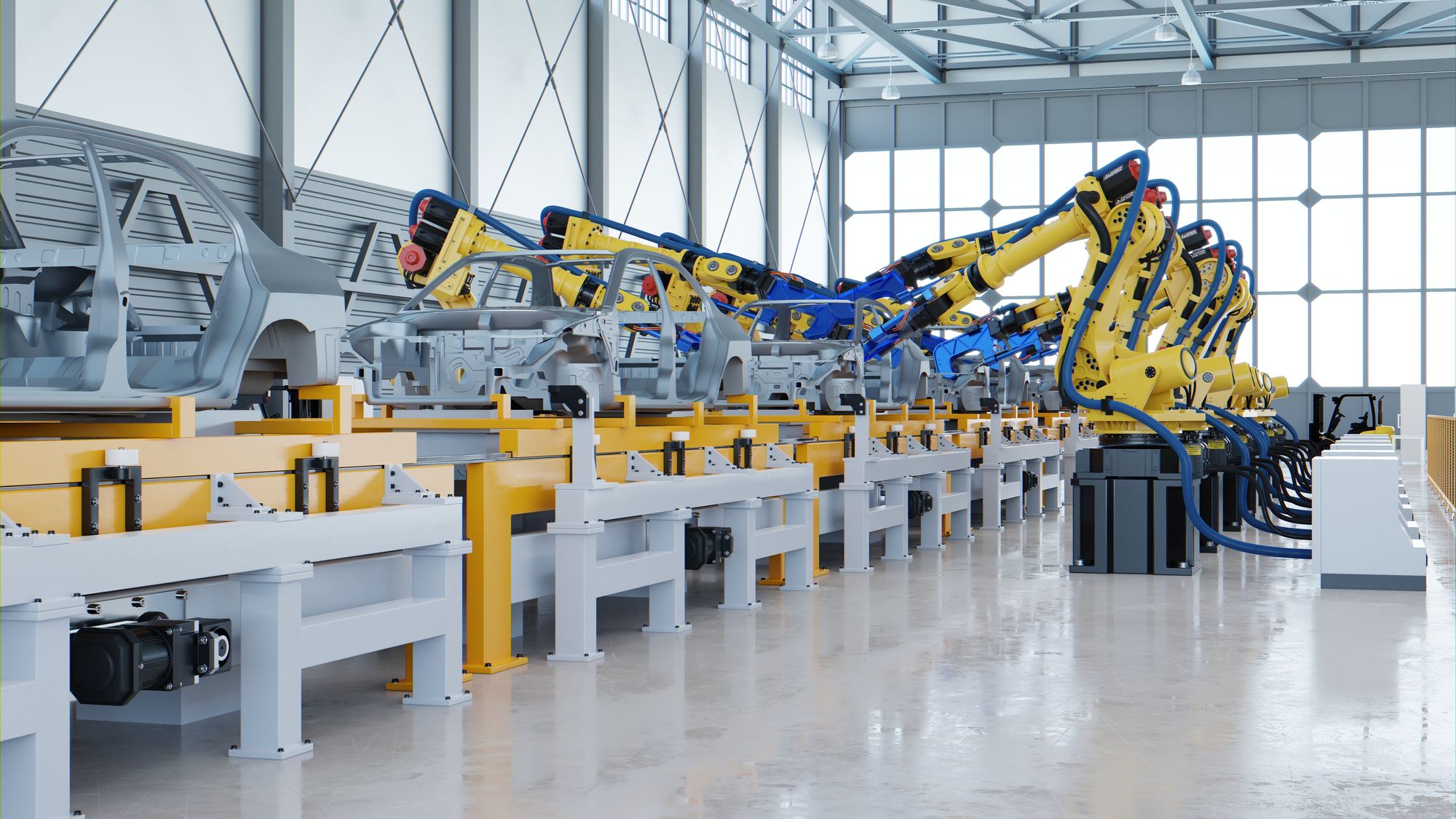
- Efficient Shipment and Delivery: IoT and AI technologies enable more efficient shipment and delivery of goods. Sensors can monitor the condition of shipments in real-time, and AI algorithms can analyze this data along with other factors such as traffic conditions, weather forecasts, and delivery schedules to optimize routes and ensure timely deliveries.
The integration of IoT and AI technologies in the manufacturing and logistics sectors is optimizing various aspects of operations, reducing costs, enhancing productivity, and ultimately contributing to increased competitiveness and profitability for companies in these sectors.
5. Agriculture
The agriculture industry is undergoing a significant transformation with the integration of IoT and AI technologies. These technologies are facilitating precision farming, enabling farmers to optimize various aspects of farming operations, from planting and irrigation to pest control and harvesting. Here are some ways in which IoT and AI are revolutionizing agriculture.
- Soil Monitoring: Smart sensors embedded in the soil can monitor various parameters such as moisture levels, temperature, and nutrient content in real-time. This enables farmers to optimize irrigation and fertilization, leading to better crop yields and more efficient use of resources.
- Crop Monitoring: Drones equipped with smart sensors and cameras can monitor the condition of crops in real-time, detecting any signs of disease, pest infestation, or nutrient deficiency. AI algorithms can analyze this data to identify any issues at an early stage, enabling farmers to take proactive measures to address them.
- Precision Irrigation: IoT sensors can monitor the moisture levels of the soil and the weather conditions in real-time. AI algorithms can analyze this data to optimize the irrigation schedule, ensuring that crops receive the right amount of water at the right time, leading to better crop yields and more efficient water usage.
- Automated Harvesting: Robots equipped with AI capabilities can be used for harvesting crops. These robots can identify when the crops are ready for harvest and perform the harvesting operations more efficiently and accurately than human workers.
- Livestock Monitoring: IoT sensors can be attached to livestock to monitor their health and well-being in real-time. This enables farmers to detect any signs of illness or stress at an early stage and take appropriate measures to address them.

IoT and AI technologies in agriculture are enabling precision farming, leading to better crop yields, more efficient use of resources, and ultimately contributing to increased profitability for farmers.
The Future is Bright
The fusion of IoT and AI is transforming industries in ways previously unimaginable. As more companies embrace these technologies and as they continue to evolve, we can expect even greater advancements that will lead to increased efficiency and optimization across the board. Ultimately, the integration of IoT and AI is not just about technological innovation; it is about creating a smarter, more sustainable, and efficient future for all.
So, as we venture further into this exciting era of technological advancement, let’s embrace the limitless possibilities that the combination of IoT and AI has to offer.


